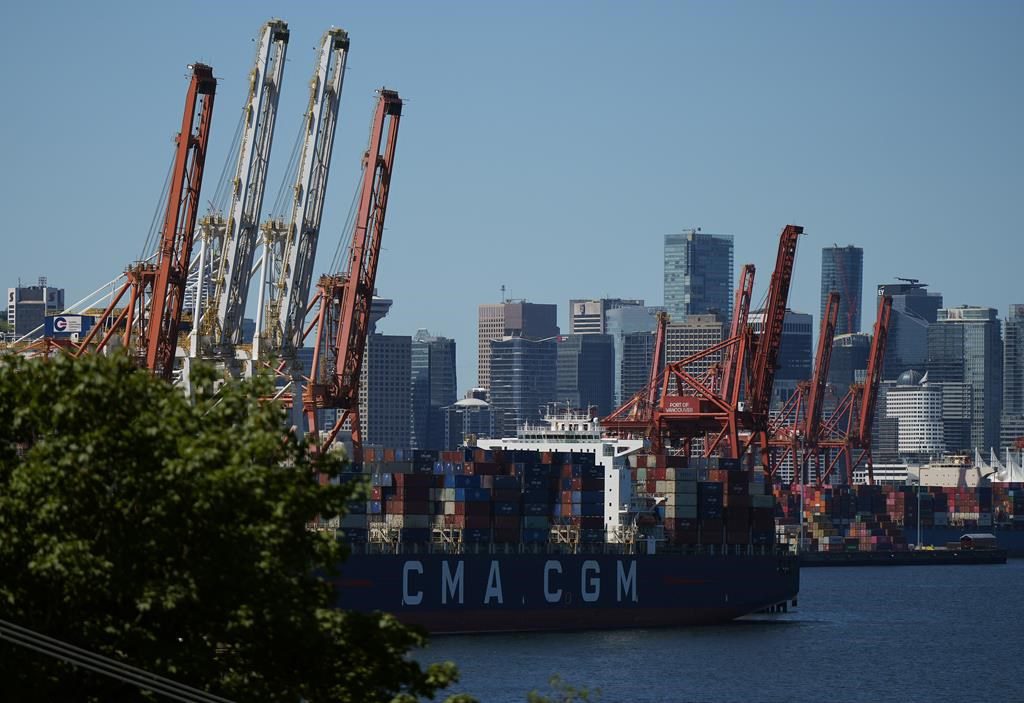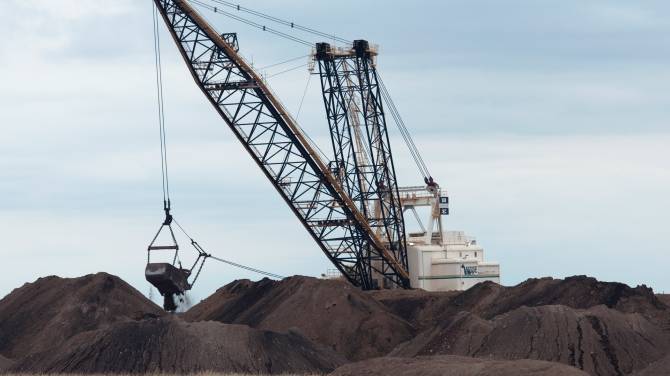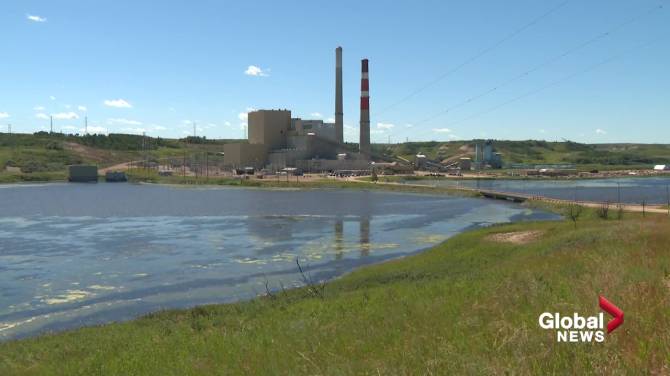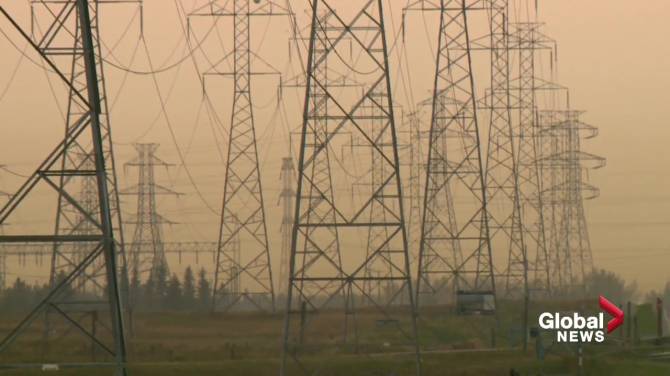Canadian exports of thermal coal increased by seven percent last year, reaching the highest level in almost ten years.
The increase in exports of the type of coal used to generate electricity is happening at a time when Canada is leading an effort to end the use of coal as a power source globally.
Three years ago, the Liberals pledged to stop all thermal coal exports from Canada by 2030, but exports have actually risen by almost 20 percent since that promise was made.
Data published this month by the ports of Vancouver and Prince Rupert show that 19.5 million tonnes of thermal coal were exported through their terminals last year.
This is up from just over 18 million tonnes in 2022 and is almost double the amount that Canada exported in 2015 when the Liberals took power.
Fraser Thomson, a staff lawyer at Ecojustice, believes that some companies are aware that their days of shipping thermal coal are limited and are trying to export as much as possible before the ban takes effect.
Coal is considered the most polluting fuel for generating electricity in terms of greenhouse gas emissions and air pollution. When burned, it produces almost twice the amount of carbon dioxide as natural gas to generate the same amount of energy.
Global coal use expanded in 2022, in part due to the Russian invasion of Ukraine leading to a surge in gas prices. The International Energy Agency stated in its latest forecast that it believes demand for thermal coal may have reached its highest point in 2023.
China is responsible for more than half of the world’s use of thermal coal, while India accounts for almost 15 percent.
Environment Minister Steven Guilbeault stated last month that he expects to unveil a plan to phase out coal exports later this year.
NDP MP Laurel Collins became impatient waiting for Guilbeault to take action and in February introduced a bill to force the end of coal exports. However, the bill has not been discussed yet.
Seven years ago, Canada and the United Kingdom also launched the global Powering Past Coal Alliance to encourage all nations to reduce their reliance on coal as a power source.
Canada's domestic use of coal power has decreased significantly, with Ontario's decision to shut down all of its coal power plants playing a major role. The last one in that province was closed in 2014.
Alberta's final two coal plants are transitioning to natural gas this year.
Saskatchewan, New Brunswick, and Nova Scotia are the only other provinces with significant dependence on coal, but regulations require them to either shut down, transition to gas, or equip with emissions capture technology by 2030.
Despite all of this, Thomson stated that Canada continues to export coal overseas.
He stated, “What happened when the Liberals introduced the effective ban on burning coal domestically, the idea was that the coal mines supplying those plants would be closed, and eventually the industry would transition.”
“Since then, we have seen a threefold increase in domestic coal production, and despite promises to address it, the government does not seem to be taking any action.”
Nearly all of the thermal coal that Canada produces comes from coal mines in Alberta and is mainly exported to Asia from ports in B.C.







